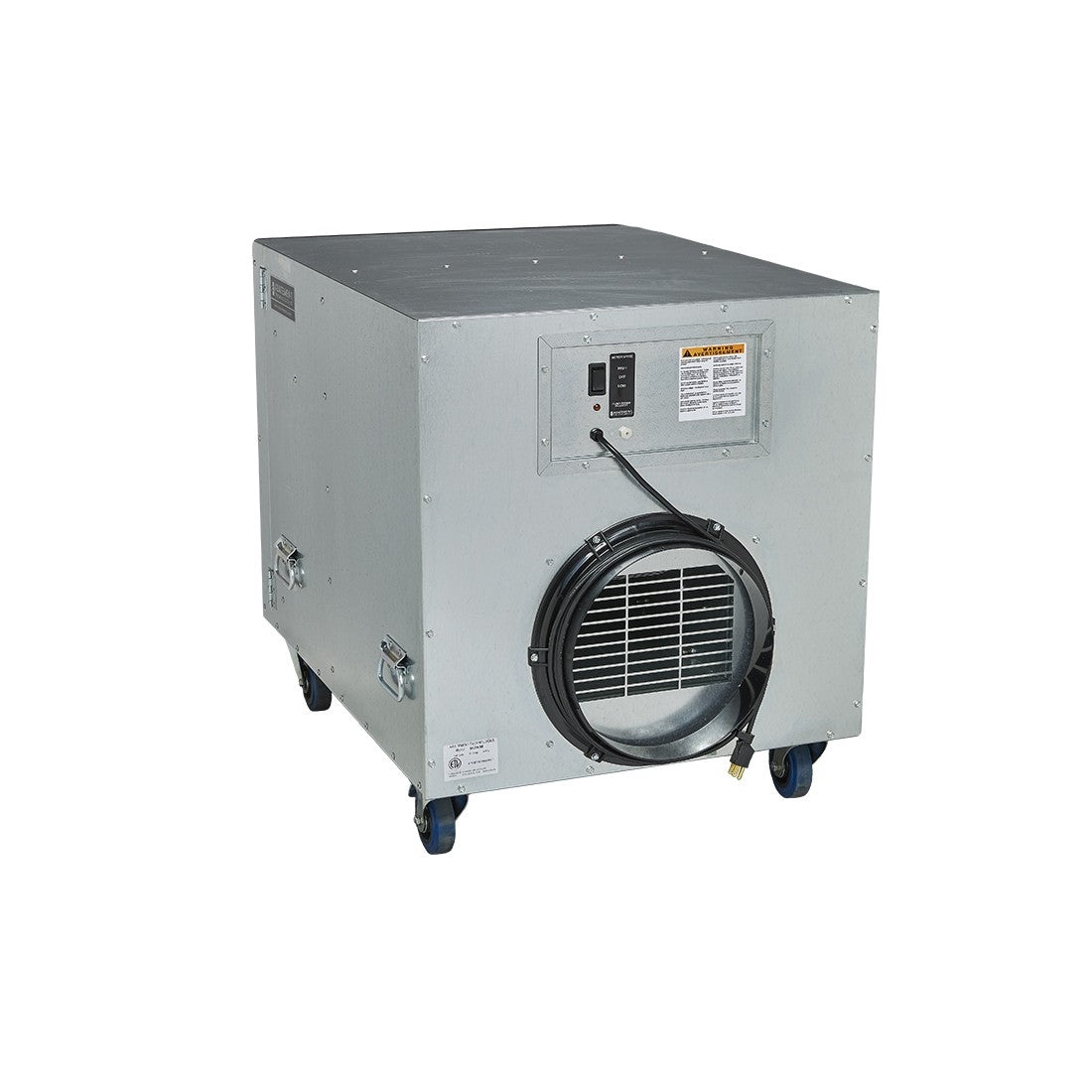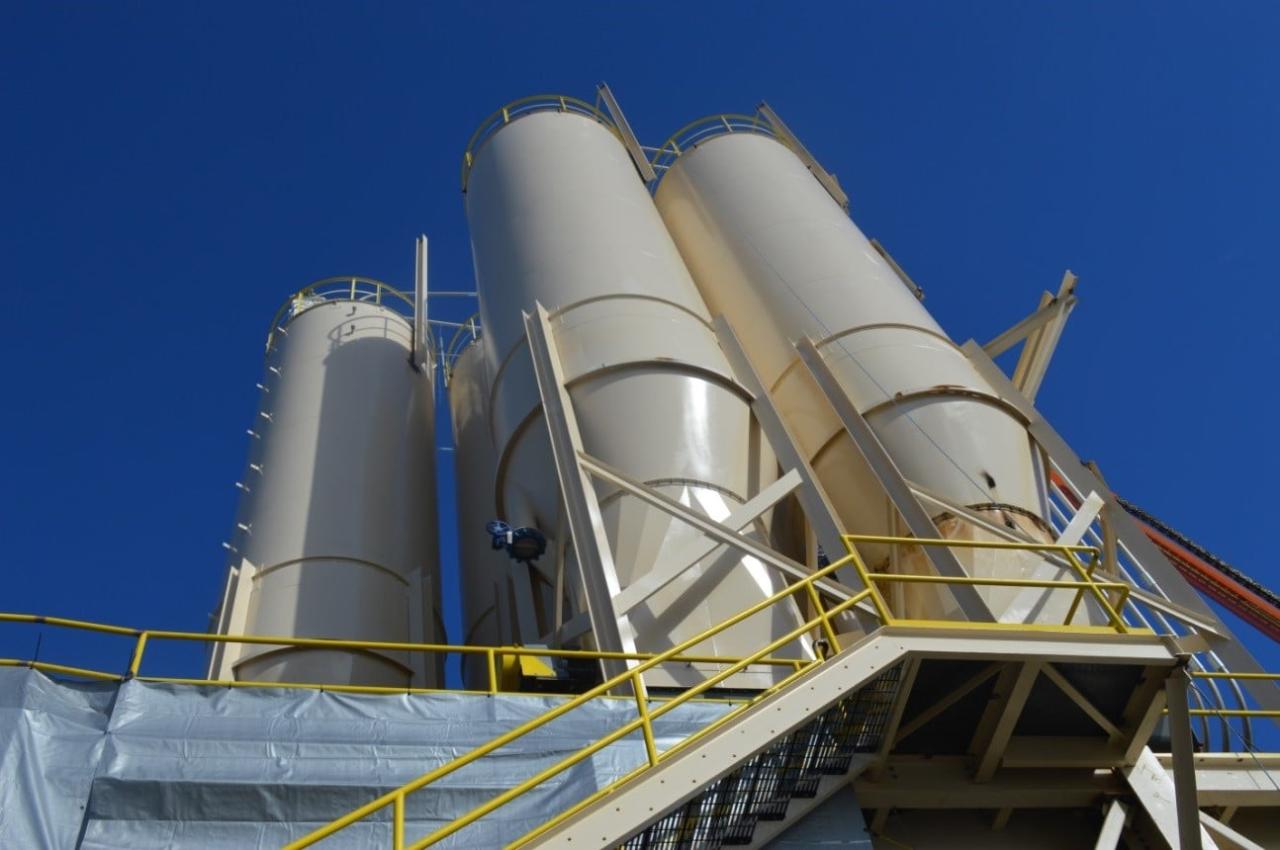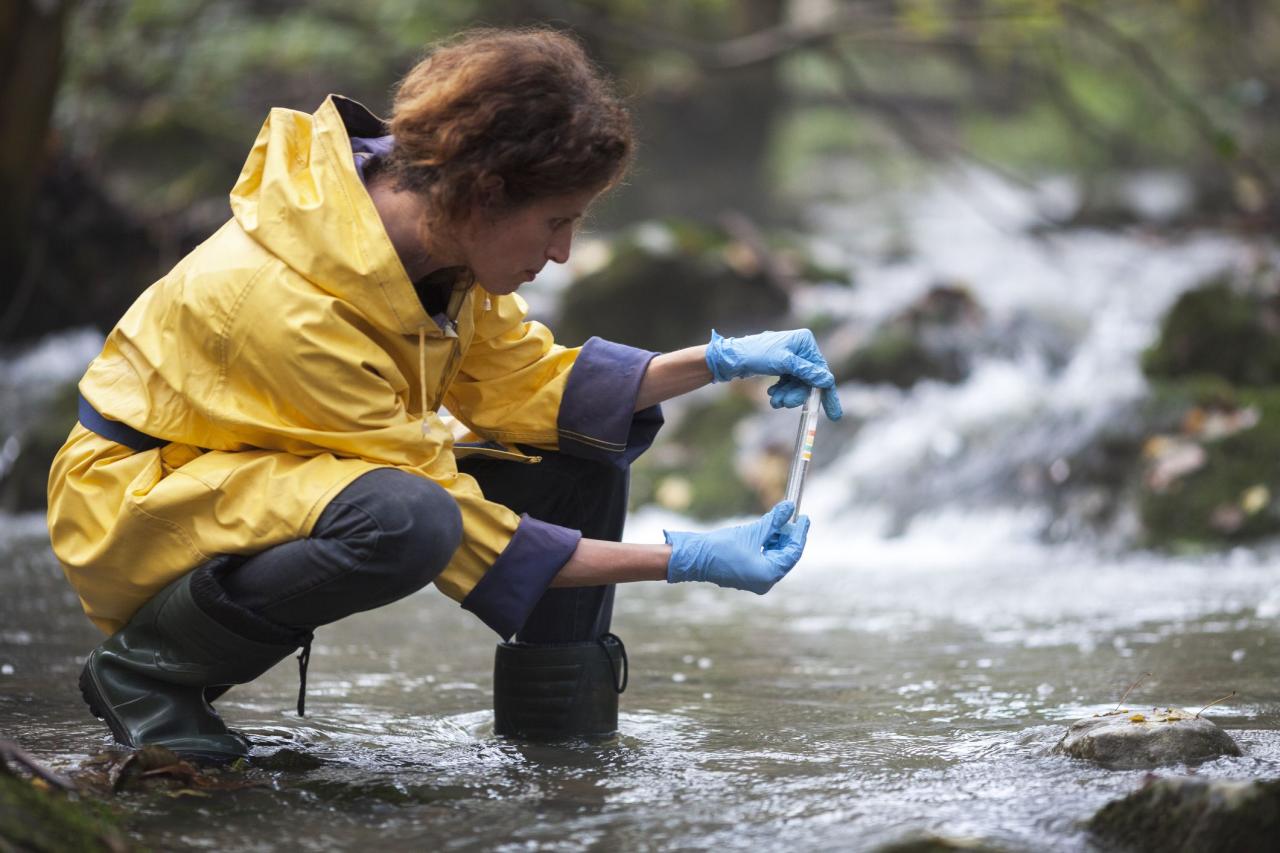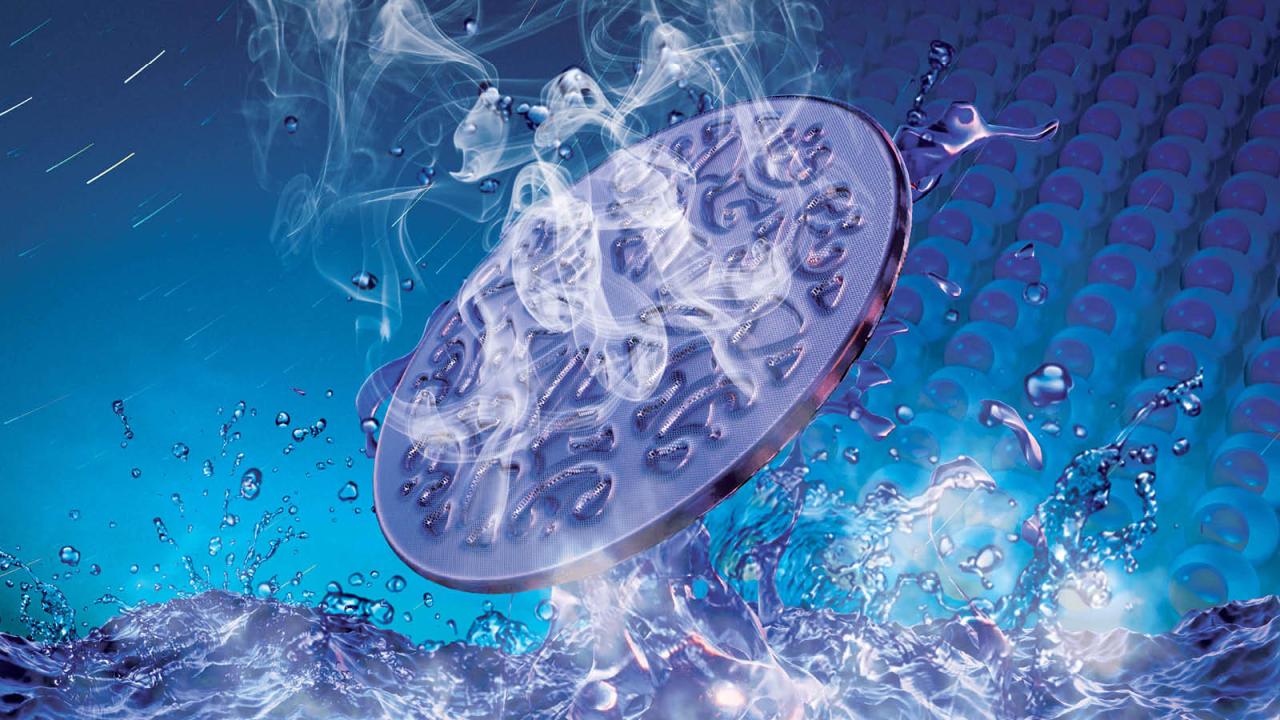Environmental Control Technology: Protecting Our Planet
Environmental control technology is a vital field dedicated to safeguarding our planet from the harmful effects of pollution. It encompasses a diverse range of innovative solutions that aim to mitigate […]
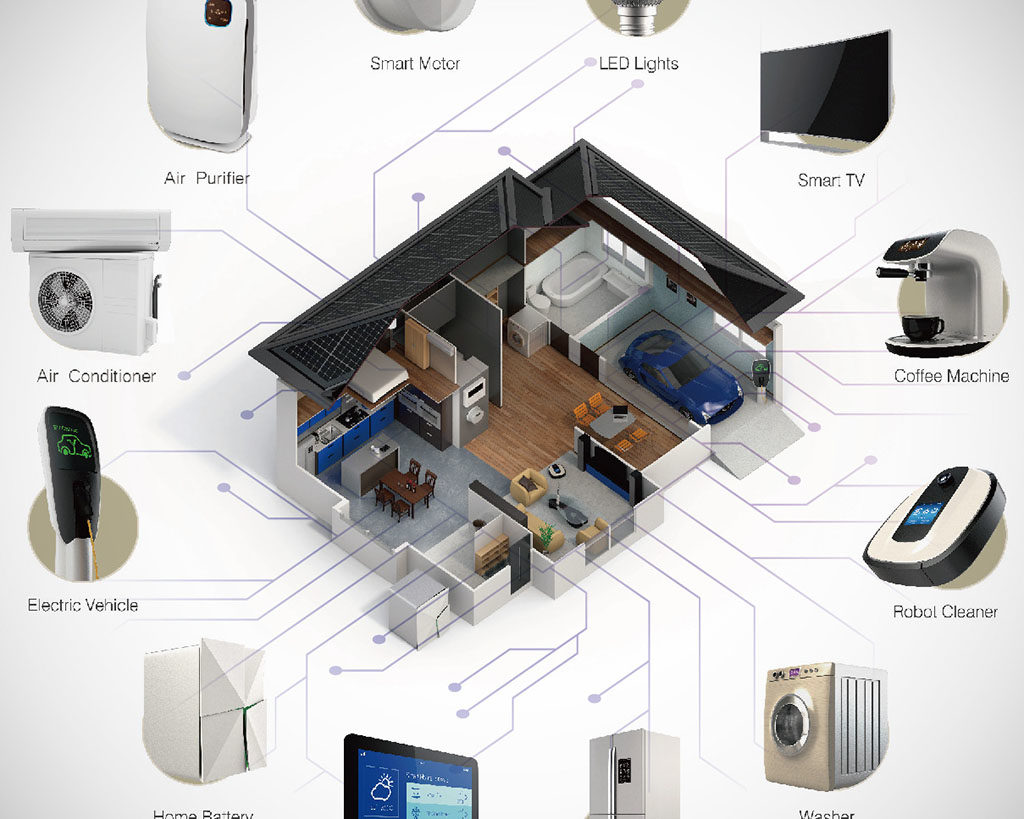
Environmental control technology is a vital field dedicated to safeguarding our planet from the harmful effects of pollution. It encompasses a diverse range of innovative solutions that aim to mitigate the negative impacts of human activities on the environment.
From air and water purification to waste management and sustainable practices, environmental control technology plays a crucial role in promoting a healthier and more sustainable future. This technology is essential for reducing pollution, conserving natural resources, and preserving biodiversity for generations to come.
Introduction to Environmental Control Technology

Environmental control technology is a broad field that encompasses various techniques and strategies aimed at minimizing the negative impacts of human activities on the environment. It focuses on controlling and mitigating pollution, promoting resource conservation, and ensuring sustainable development.
Environmental control technologies are essential for protecting the environment, human health, and ensuring the long-term viability of our planet. They play a crucial role in addressing critical environmental challenges such as air pollution, water contamination, waste management, and climate change.
Examples of Environmental Control Technologies, Environmental control technology
Environmental control technologies are widely employed across diverse industries to minimize environmental impact. Here are some examples:
- Air Pollution Control Technologies: These technologies aim to reduce emissions of harmful pollutants into the atmosphere. Examples include:
- Scrubbers: Used to remove pollutants like sulfur dioxide from flue gases in power plants and industrial processes.
- Electrostatic Precipitators: Capture particulate matter from exhaust streams, commonly used in coal-fired power plants.
- Catalytic Converters: Reduce harmful emissions from vehicles, such as carbon monoxide, nitrogen oxides, and hydrocarbons.
- Water Pollution Control Technologies: These technologies are designed to prevent and treat wastewater, reducing the discharge of contaminants into water bodies. Examples include:
- Wastewater Treatment Plants: Utilize various processes, including sedimentation, filtration, and biological treatment, to remove pollutants from wastewater before discharge.
- Reverse Osmosis: A membrane-based technology used for desalination and purification of water, removing dissolved salts and other contaminants.
- Oil-Water Separators: Used to separate oil and water mixtures, preventing oil spills and protecting water resources.
- Waste Management Technologies: These technologies focus on the safe and efficient disposal and recycling of waste materials. Examples include:
- Landfill Management: Involves the controlled disposal of waste in landfills, minimizing environmental risks and promoting waste recovery.
- Waste-to-Energy Technologies: Convert waste materials into energy, such as incineration or anaerobic digestion, reducing landfill reliance and generating energy.
- Recycling and Composting: Processes that recover valuable materials from waste and transform organic waste into compost, reducing landfill volume and promoting resource conservation.
- Particulate Matter (PM): Fine solid particles or liquid droplets suspended in the air. Sources include combustion processes, industrial activities, and vehicle emissions.
- Carbon Monoxide (CO): A colorless, odorless, and poisonous gas produced by incomplete combustion of fossil fuels. Major sources include vehicle exhaust and industrial processes.
- Sulfur Dioxide (SO2): A colorless gas with a pungent odor. Primarily released from burning fossil fuels, particularly coal, in power plants and industrial processes.
- Nitrogen Oxides (NOx): A group of gases, including nitrogen monoxide (NO) and nitrogen dioxide (NO2), formed during high-temperature combustion processes, such as those in vehicles and power plants.
- Ozone (O3): A colorless gas that forms in the atmosphere when nitrogen oxides (NOx) and volatile organic compounds (VOCs) react in the presence of sunlight. Ozone is a major component of smog.
- Volatile Organic Compounds (VOCs): Organic chemicals that evaporate readily at room temperature. Sources include paints, solvents, and fuels.
- Absorption: The pollutant is dissolved in the scrubbing solution. This is effective for removing gases like sulfur dioxide (SO2) and hydrogen chloride (HCl).
- Chemical Reaction: The pollutant reacts with the scrubbing solution to form a less harmful product. For example, scrubbers can use a solution of sodium hydroxide (NaOH) to remove sulfur dioxide (SO2) from flue gases. The reaction produces sodium sulfite (Na2SO3), which is a solid that can be disposed of.
- Oxidation: The pollutant is oxidized to a less harmful form. For example, scrubbers can use a solution of hydrogen peroxide (H2O2) to oxidize sulfur dioxide (SO2) to sulfate ions (SO42-), which are then removed from the exhaust gas.
- Power plants: To remove sulfur dioxide (SO2) and other pollutants from flue gases.
- Chemical processing plants: To remove harmful gases, such as hydrogen chloride (HCl) and chlorine (Cl2), from exhaust gases.
- Waste incinerators: To remove pollutants, such as particulate matter (PM) and dioxins, from flue gases.
- Power plants: To remove fly ash and other particulate matter from flue gases.
- Industrial facilities: To remove dust, smoke, and other particulate matter from exhaust gases.
- Cement plants: To remove dust from the manufacturing process.
- Point Sources: These are identifiable and localized sources, such as industrial wastewater discharges, sewage treatment plant outflows, and agricultural runoff from confined animal feeding operations.
- Non-point Sources: These are diffuse and widespread sources, such as urban stormwater runoff, agricultural fertilizer and pesticide application, and atmospheric deposition.
- Organic Pollutants: These include biodegradable materials like sewage, food waste, and agricultural runoff, as well as persistent organic pollutants (POPs) like pesticides and industrial chemicals.
- Inorganic Pollutants: These include heavy metals (mercury, lead, arsenic), nutrients (nitrogen and phosphorus), salts, and acids.
- Pathogens: These are disease-causing microorganisms like bacteria, viruses, and parasites that can contaminate water sources.
- Physical Pollutants: These include suspended solids, oil spills, and plastic debris that can harm aquatic life and disrupt ecosystem functions.
- Sedimentation: This process involves allowing heavier particles to settle to the bottom of a tank due to gravity. It is commonly used to remove suspended solids, grit, and other settleable materials.
- Filtration: Filtration involves passing water through a porous medium, such as sand, gravel, or membranes, to remove suspended solids and other particles. Different filter types are used depending on the size and nature of the pollutants.
- Disinfection: Disinfection aims to kill or inactivate harmful pathogens in water. Common methods include chlorination, ultraviolet (UV) radiation, and ozonation.
- Coagulation and Flocculation: Coagulation involves adding chemicals to destabilize suspended particles, causing them to clump together. Flocculation promotes the formation of larger clumps, which are then removed by sedimentation or filtration.
- Activated Carbon Adsorption: This process uses activated carbon, a highly porous material, to adsorb organic pollutants, taste and odor compounds, and some heavy metals.
- Reverse Osmosis: Reverse osmosis uses a semipermeable membrane to separate water molecules from dissolved salts and other contaminants. This technology is often used for desalination and producing high-quality drinking water.
- Biological Treatment: Biological treatment utilizes microorganisms to break down organic pollutants in wastewater. This process is commonly employed in sewage treatment plants.
- Advantages: Simple, cost-effective, and efficient in removing settleable solids.
- Limitations: Not effective in removing dissolved pollutants, and can be affected by water flow rates and particle size.
- Advantages: Effective in removing suspended solids, bacteria, and some dissolved pollutants.
- Limitations: Filter clogging can occur, requiring regular maintenance. Different filter types have varying effectiveness for different pollutants.
- Advantages: Effective in killing or inactivating pathogens, making water safe for consumption.
- Limitations: Chlorine can react with organic matter to form disinfection byproducts (DBPs), which can be harmful to health. Some pathogens are resistant to chlorine.
- Advantages: Effective in removing suspended solids and turbidity.
- Limitations: Requires careful chemical dosing and can generate sludge that needs to be disposed of.
- Advantages: Effective in removing organic pollutants, taste and odor compounds, and some heavy metals.
- Limitations: Can be expensive and requires regular regeneration or replacement of the carbon.
- Advantages: Produces high-quality drinking water by removing a wide range of contaminants.
- Limitations: Can be energy-intensive and costly.
- Advantages: Effective in removing organic pollutants and reducing nutrient levels.
- Limitations: Requires careful control of environmental conditions and can be affected by toxic substances.
Air Pollution Control Technologies
Air pollution is a major environmental concern, posing significant risks to human health and the environment. It arises from various sources, including industrial processes, vehicle emissions, and natural events. To mitigate the detrimental effects of air pollution, numerous control technologies have been developed and implemented. These technologies target specific pollutants, effectively reducing their concentrations in the atmosphere.
Common Air Pollutants and Sources
Air pollutants are substances present in the atmosphere that can harm human health, ecosystems, and materials. The most common air pollutants include:
Scrubbers
Scrubbers are air pollution control devices that remove pollutants from exhaust gases by bringing them into contact with a liquid scrubbing solution. The scrubbing solution can be water, a chemical solution, or a slurry. The pollutants are then absorbed or reacted with the scrubbing solution, forming a less harmful product that can be disposed of or further processed.
Working Principles of Scrubbers
Scrubbers work by using a variety of mechanisms to remove pollutants from exhaust gases. These mechanisms include:
Effectiveness of Scrubbers
Scrubbers are highly effective in removing specific pollutants from exhaust gases. For example, wet scrubbers can remove over 90% of sulfur dioxide (SO2) from flue gases. However, their effectiveness depends on several factors, including the type of scrubber, the scrubbing solution, and the operating conditions.
Real-World Applications of Scrubbers
Scrubbers are widely used in various industries, including:
Electrostatic Precipitators (ESPs)
Electrostatic precipitators (ESPs) are air pollution control devices that use electrostatic forces to remove particulate matter (PM) from exhaust gases. They are commonly used in power plants, industrial facilities, and other industries that generate significant amounts of particulate matter.
Working Principles of ESPs
ESPs work by creating a high-voltage electric field within a chamber. This electric field ionizes the particulate matter in the exhaust gas, giving it a positive charge. The charged particles are then attracted to negatively charged collection plates, where they are collected and removed from the exhaust gas.
Effectiveness of ESPs
ESPs are highly effective in removing particulate matter (PM) from exhaust gases. They can achieve removal efficiencies of over 99% for particles larger than 1 micron. However, their effectiveness can be affected by factors such as the size and charge of the particles, the gas flow rate, and the operating conditions.
Real-World Applications of ESPs
ESPs are widely used in various industries, including:
Catalytic Converters
Catalytic converters are air pollution control devices used in internal combustion engines to reduce emissions of harmful gases, such as carbon monoxide (CO), nitrogen oxides (NOx), and hydrocarbons (HC). They are typically located in the exhaust system of a vehicle.
Working Principles of Catalytic Converters
Catalytic converters use a catalyst, typically platinum, palladium, or rhodium, to promote chemical reactions that convert harmful pollutants into less harmful substances. The catalyst provides a surface for the reaction to occur, lowering the activation energy required for the reaction.
Effectiveness of Catalytic Converters
Catalytic converters are highly effective in reducing emissions of carbon monoxide (CO), nitrogen oxides (NOx), and hydrocarbons (HC). They can achieve reduction efficiencies of over 90% for these pollutants. However, their effectiveness can be affected by factors such as the condition of the catalyst, the operating temperature, and the fuel quality.
Real-World Applications of Catalytic Converters
Catalytic converters are now standard equipment on most vehicles worldwide. They have significantly reduced emissions of harmful pollutants, contributing to improved air quality in many urban areas.
Water Pollution Control Technologies
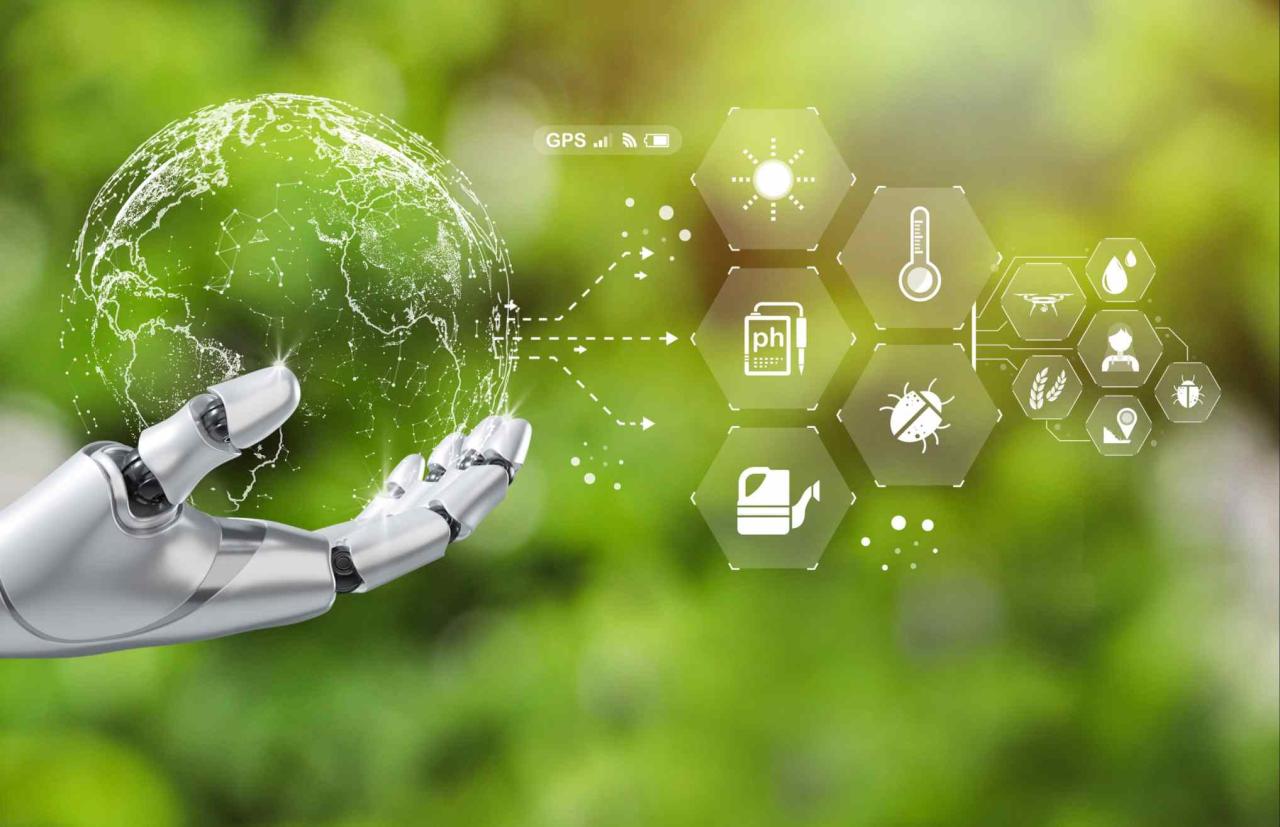
Water pollution is a significant global issue, impacting human health, ecosystems, and economic activities. Understanding the sources of pollution and the technologies used to control it is crucial for protecting our water resources.
Sources and Types of Water Pollutants
Water pollution originates from various sources, both natural and anthropogenic.
The types of pollutants released into water bodies vary widely and can be categorized as follows:
Water Treatment Technologies
Water treatment technologies aim to remove or reduce the concentration of pollutants from water sources to make it safe for human consumption, industrial use, or discharge back into the environment.
Advantages and Limitations of Water Treatment Technologies
Each water treatment technology has its advantages and limitations, depending on the specific pollutants being targeted and the desired level of treatment.
Sedimentation
Filtration
Disinfection
Coagulation and Flocculation
Activated Carbon Adsorption
Reverse Osmosis
Biological Treatment
Comparison of Water Treatment Technologies
The table below summarizes the efficiency, cost, and environmental impact of different water treatment technologies:
| Technology | Efficiency | Cost | Environmental Impact |
|—|—|—|—|
| Sedimentation | High for settleable solids | Low | Minimal |
| Filtration | Moderate to high | Moderate | Moderate |
| Disinfection | High for pathogens | Moderate | Moderate |
| Coagulation and Flocculation | Moderate to high | Moderate | Moderate |
| Activated Carbon Adsorption | High for organic pollutants | High | Moderate |
| Reverse Osmosis | High for dissolved salts and other contaminants | High | Moderate |
| Biological Treatment | High for organic pollutants and nutrients | Moderate | Moderate |
Closing Summary: Environmental Control Technology
As we continue to face pressing environmental challenges, the development and implementation of advanced environmental control technologies will be paramount in ensuring a sustainable future. Through innovative solutions and collaborative efforts, we can create a cleaner, healthier, and more resilient planet for all.
Environmental control technology is crucial for maintaining a healthy and sustainable environment. Companies like technology co. limited are leading the way in developing innovative solutions for air and water purification, waste management, and energy efficiency. These advancements are essential for addressing the growing environmental challenges we face and creating a more sustainable future.
